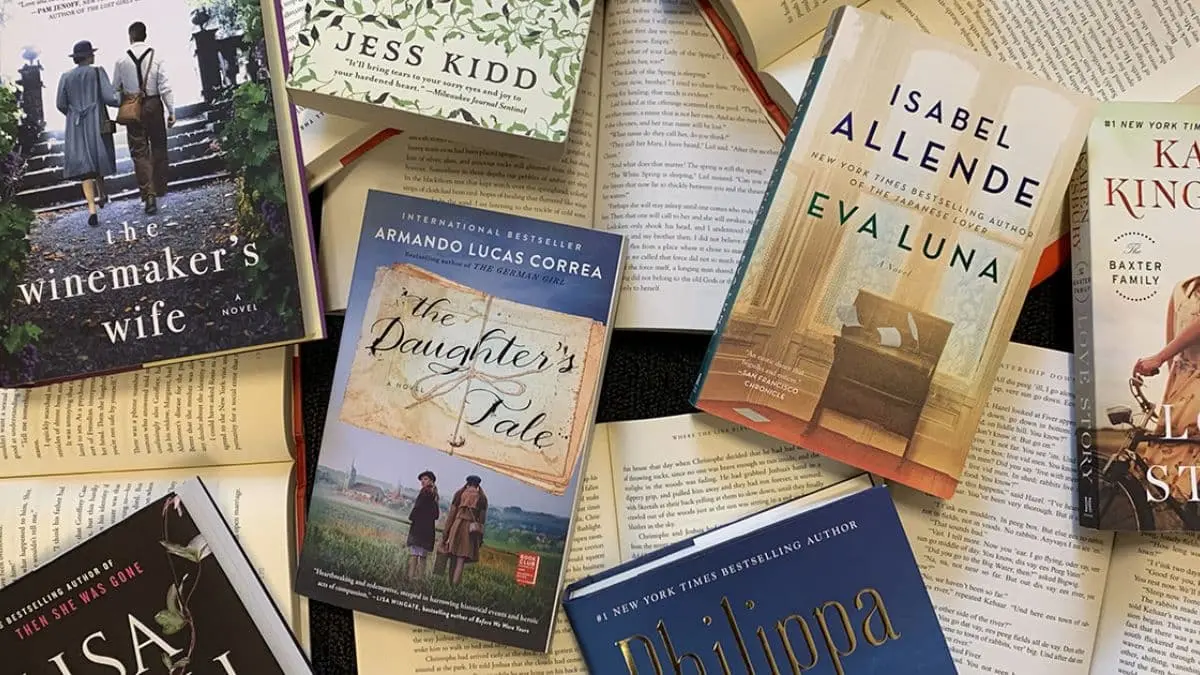The journey of writing a bestselling novel often begins with a spark of inspiration—an idea, memory, or observation that refuses to let go. In “How Famous Authors Found Inspiration for Their Bestselling Novels,” we uncover the fascinating stories behind some of the most celebrated books in literary history. From everyday moments to profound life experiences, these authors share the unique sources of their creativity, offering a glimpse into the alchemy of storytelling.
Haruki Murakami: Routine and Physical Activity
Haruki Murakami attributes his creative inspiration to a disciplined routine and regular physical exercise. When working on a novel, he adheres to a strict schedule: rising at 4 a.m. to write for five to six hours, followed by running 10 kilometers or swimming 1,500 meters, and then reading before retiring at 9 p.m. He maintains this regimen for six months to a year, using the repetition as a form of mesmerism to reach a deeper state of mind.
Ransom Riggs: Collecting Vintage Photographs
Ransom Riggs found inspiration for “Miss Peregrine’s Home for Peculiar Children” through his collection of vintage photographs. Initially drawn to these images for their aesthetic value, he noticed a pattern of “Edward Gorey-esque Victorian creepiness,” which sparked the idea for a narrative intertwining these peculiar visuals. This approach led to a unique storytelling format that captivated readers.
Markus Zusak: Personal Struggles and Unique Perspectives
Markus Zusak’s “The Book Thief” emerged from years of grappling with the narrative before a sudden flash of inspiration led him to choose Death as the story’s narrator. This unconventional perspective provided a profound depth to the novel, allowing it to explore complex themes of mortality and humanity during a tumultuous historical period.

Aditi Khorana: Reflecting on Life’s Choices
Aditi Khorana’s “Mirror in the Sky” was inspired by Cheryl Strayed’s column “The Ghost Ship That Didn’t Carry Us,” which delves into the paths not taken in life. At a crossroads in her own life, Khorana was drawn to the concept of alternate realities, leading her to explore these themes in her novel.
Stephen King: The Mysterious Muse
Stephen King describes his muse as a middle-aged man who resides in his basement, surfacing occasionally to deliver ideas. This personification underscores the unpredictable nature of inspiration, highlighting that while the muse’s visits are sporadic, they are invaluable to his creative process.
Neil Gaiman: Observing the Ordinary
Neil Gaiman finds ideas by noticing everyday occurrences and viewing them through a different lens. He emphasizes that authors, like everyone, have good ideas, but what sets them apart is their ability to recognize and remember these ideas long enough to develop them into stories.
Tomi Adeyemi: Cultural Heritage and Social Issues
Tomi Adeyemi’s “Children of Blood and Bone” draws from West African mythology and was influenced by the Black Lives Matter movement. A trip to Brazil, where she encountered depictions of African gods and goddesses, inspired her to create a world where readers of color could see themselves. The novel addresses themes of systemic oppression and resilience, reflecting contemporary social issues.
Madeline Miller: Reimagining Mythology
Madeline Miller’s novels, including “The Song of Achilles” and “Circe,” reimagine Greek myths by focusing on timeless themes like dysfunctional families and homesickness. Her approach involves delving into the original material to find hidden stories or challenging classic texts by giving voice to previously marginalized characters, offering fresh perspectives on ancient tales.
John Marsden: Contemporary Reflections on Historical Events
John Marsden’s “Tomorrow” series was inspired by observing teenagers at an ANZAC Day march. He wondered how modern adolescents would react if placed in situations similar to those faced by previous generations during wartime. This contemplation led to a series that explores themes of courage, resilience, and the impact of war on young people.

Christopher Paolini: Immersing in Fantasy Worlds
Christopher Paolini began writing “Eragon” at 14, inspired by his love for fantasy literature and the landscapes of his home state, Montana. His immersion in the genre and the natural beauty around him fueled the creation of the rich world of Alagaësia, where his characters embark on epic adventures.
Blue Balliett: Integrating Art and Mystery
Blue Balliett’s “Chasing Vermeer” originated as a fun read for her class, combining art history with a mystery narrative. Inspired by the lack of contemporary children’s books addressing real art issues, she crafted a story that encourages young readers to engage with art and critical thinking.
Also Read: Can Authors Write Different Genres?



